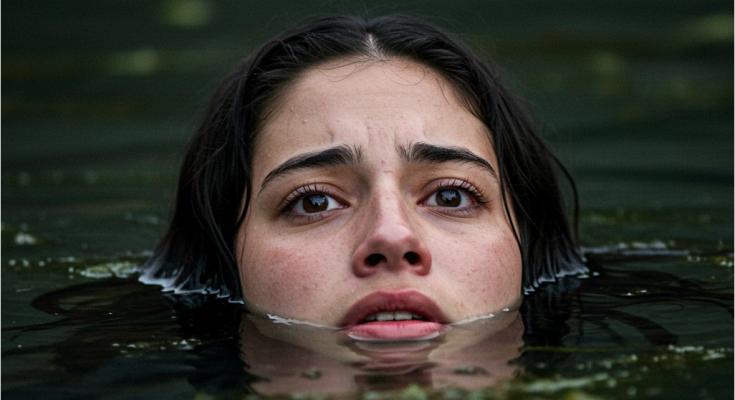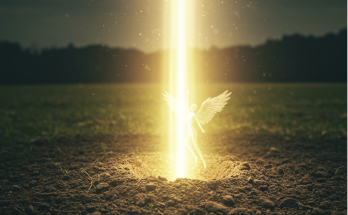The image of someone drowning is often depicted in movies as a dramatic, flailing struggle accompanied by loud cries for help. However, the reality is frequently far more subtle, even silent. This discrepancy between common perception and the actual signs of drowning is a dangerous one, leading to tragic outcomes where individuals are literally drowning, and no one around them notices.
Dubbed the ‘Instinctive Drowning Response’ by Dr. Francesco Pia, this silent struggle is characterized by specific physiological reactions that make calling out or waving for help nearly impossible. A person who is drowning is focused on getting air. Their mouth bobs just above and below the surface. They cannot take a breath and then shout. Their arms instinctively press down on the water’s surface to try and lift their mouth higher, meaning they cannot wave for help. Their body remains upright in the water, not horizontal like a swimmer.
Why We Miss the Signs
Several factors contribute to why these critical signs are often missed. Firstly, the lack of splashing and yelling makes the situation appear less urgent or even normal. People might assume the person is just playing, treading water, or watching something below the surface. Secondly, crowded environments like pools, beaches, or water parks provide a chaotic backdrop where subtle struggles blend into the general activity. Lifeguards and bystanders alike can be overwhelmed by the sheer volume of people and distractions.
The bystander effect also plays a significant role. In a group setting, individuals are less likely to intervene or even recognize an emergency, assuming someone else will notice or has already taken action. This diffusion of responsibility can be deadly when seconds count. Furthermore, many people simply don’t know what the actual signs of drowning look like. Education about the Instinctive Drowning Response is not widespread.
Recognizing the Real Signs
Learning to identify the silent signs of drowning is crucial. Look for a head low in the water, mouth at water level. The head may be tilted back with the mouth open. Eyes may be glassy and empty, or closed. Hair may be over the forehead or eyes. The person may be hyperventilating or gasping. They may be trying to swim in a particular direction but making no headway. They may appear to be climbing an invisible ladder. Pay attention if someone is quiet when you expect them to be active or vocal in the water.
Beyond the Water: Emotional Drowning
The phrase “drowning and no one noticed” also serves as a powerful metaphor for struggles beyond the physical. People suffering from severe depression, anxiety, or other mental health crises can often be putting on a brave face, appearing fine on the surface while internally they are in deep distress. Like physical drowning, their silent struggle goes unnoticed by friends, family, and colleagues who aren’t aware of the subtle signs of their pain. This highlights the importance of not just water safety education, but also mental health awareness and checking in on those around us, even when they seem okay.
Conclusion
Whether in the water or in life, the most dangerous struggles are often the ones we don’t see. By understanding the true, often silent, signs of distress – be it physical drowning or emotional turmoil – and by actively choosing to look beyond the surface, we can become more vigilant, more compassionate, and potentially save a life that is silently slipping away.



